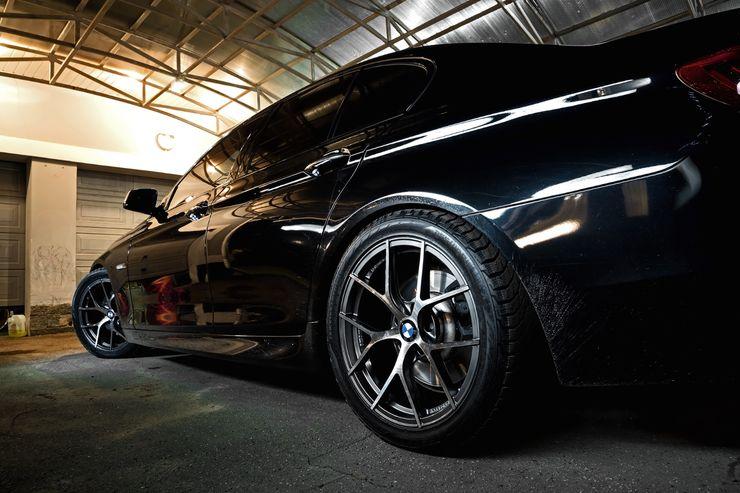
A smart way to save fuel with rims
When buying rims, motorists, as a rule, proceed from one single criterion: that they look beautiful on the car. Or they don’t bother about this at all and get what comes to hand, focusing only on the wheel size suitable for the car. The AvtoVzglyad portal says that not everything in this matter is so simple.
The right rim will not only please the eye, but also save fuel. One of the main "violins" in this case will be played by weight. The higher it is, the greater the inertia of the wheel assembly and the more fuel is spent on its promotion during acceleration. Suffice it to say that with a decrease in the total weight of each wheel (rim and tire) by five kilograms, the car will accelerate 4-5% faster. How many liters of fuel saved this increase turns into can be calculated only for each specific car model - based on its mass and engine type.
In any case, about 5% of the fuel saved on overclocking is significant. We will make a reservation that we will leave the topic of the influence of weight and other characteristics of tires in this material behind the scenes - in this case we are talking exclusively about disks.
Having found out that one of the key parameters affecting the economy of gasoline (or diesel fuel) is the mass of the wheel, we immediately come to the first conclusion: steel rims will interfere in this matter - because of their large weight. It is known that, for example, an average steel disc size 215/50R17 weighs about 13 kg. A good light alloy will have a mass of about 11 kg, and a forged one will weigh less than 10 kg. Feel the difference, as they say. Thus, abandoning the "iron" for the sake of fuel economy, we choose "casting", and ideally - forged wheels.

Another parameter that determines the weight of the disk is its size. On most modern cars in the mass segment, it ranges from R15 to R20. Of course, there are wheels and smaller sizes, and large ones, but we are talking now about the most common of them.
Most often, the manufacturer allows the installation of disks of different sizes on the same model of the machine. For example, R15 and R16. Or R16, R17 and R18. Or something like that. But do not forget that the more wheels you have, the heavier they are. So, the difference in weights of light-alloy wheels of the same design, but "adjacent" diameters, is approximately 15-25%. That is, if a conditional R16 alloy wheel weighs 9,5 kg, then exactly the same R18 in size will pull about 13 kg. A difference of 3,5 kilograms is significant. And it will be the higher, the larger the compared disks. So, the difference in weight between R18 and R20 will be already in the region of 5 kilograms.
Thus, for the sake of reducing the weight of the wheel and the resulting fuel economy, we should choose a forged wheel of the minimum size allowed for your specific car model.
And in order to reduce its air resistance, which also affects fuel efficiency, it makes sense to lean towards a disk design that would be as close as possible to the shape of a monolithic circle - with a minimum number and size of slots and grooves on its surface.

